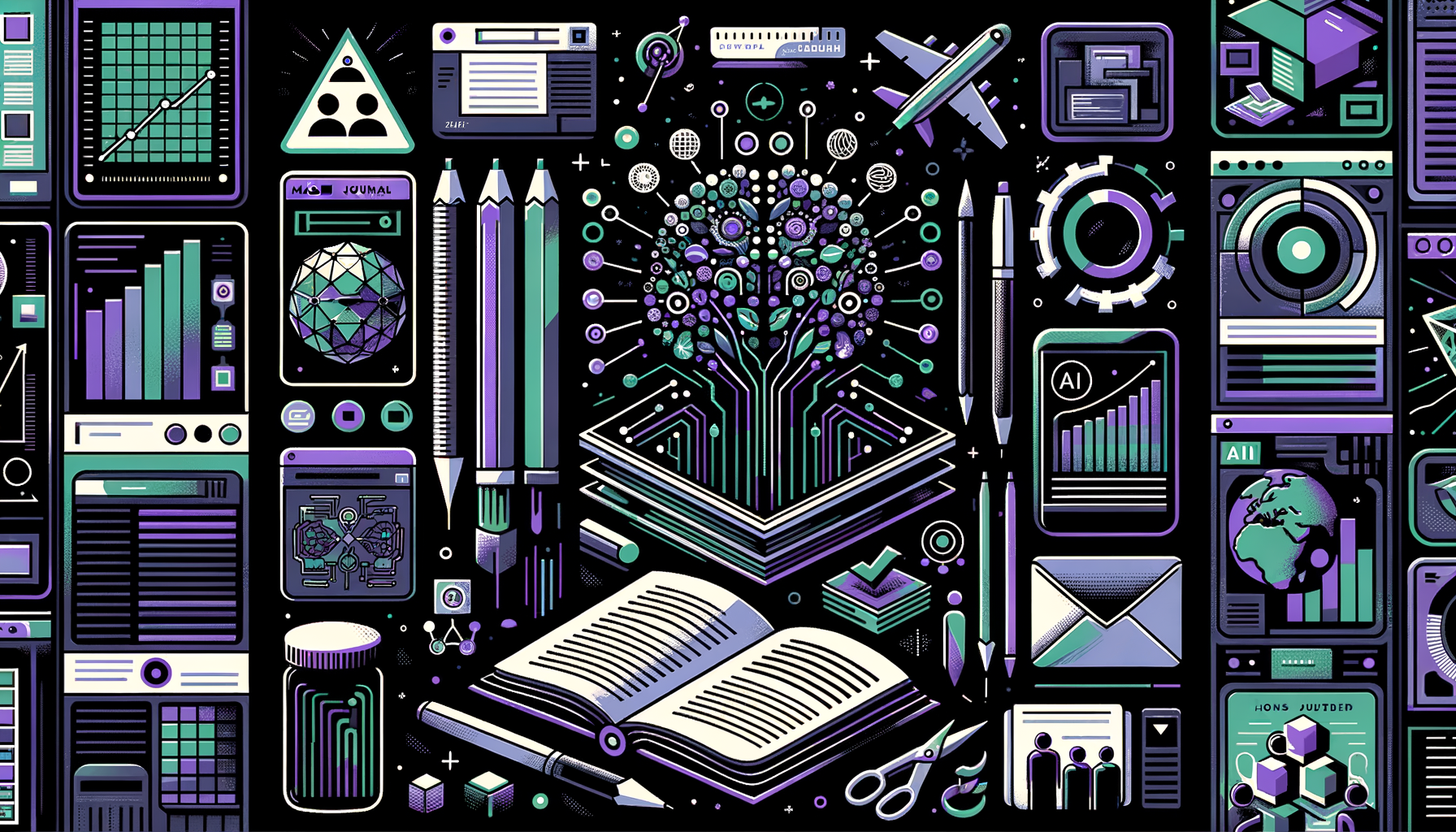Russian Disinformation and AI: How Deepfakes Target High-Profile Figures Like Zelensky
In recent times, the digital landscape has undergone rapid evolution, but unfortunately, this transformation has also opened up new avenues for disinformation. A prime example is the recent rise of AI-generated Russian disinformation targeting high-profile individuals such as Ukrainian President Volodymyr Zelensky. This article delves into the complex topic of AI-generated disinformation, its impact on international relations, and how it is manipulated to serve nefarious purposes. Additionally, we will explore prevention strategies and solutions, thereby enhancing cybersecurity for individuals and businesses alike.
The Mechanics of AI-Generated Disinformation
Disinformation, particularly AI-generated deepfakes, involves sophisticated technology. Deepfakes use artificial intelligence and machine learning algorithms to create hyper-realistic videos, images, and audio. These media are engineered to depict individuals saying or doing things they never actually did. A notable example is the alleged deepfake video showing Zelensky urging Ukrainian troops to surrender, which made headlines in early 2023. The video circulated widely on social media, causing public outrage and confusion.
The Technology Behind Deepfakes
Deepfake technology often involves Generative Adversarial Networks (GANs). These networks are composed of two neural networks: the generator, which creates the fake content, and the discriminator, which attempts to identify it as fake. Through iterative processes, GANs become adept at producing highly convincing media. While initially designed for benign purposes like entertainment or art, these tools have unfortunately been weaponized for disinformation campaigns.
Russian Disinformation Tactics: Beyond Traditional Methods
Historically, Russian disinformation campaigns have comprised fake news articles, troll farms, and social media manipulation. However, the advent of AI has dramatically broadened their arsenal. Traditional disinformation might aim to sway public opinion through fake narratives, but AI-generated disinformation seeks to undermine trust entirely by creating seemingly irrefutable visual ‘evidence.’
Impact on Political Figures
Targeting high-profile political figures such as Zelensky serves multiple objectives. Firstly, it aims to erode public trust in leadership. Secondly, it seeks to create geopolitical instability. For instance, the deepfake video of Zelensky did not just aim to demoralize the Ukrainian public but also sought to create rifts among Ukraine’s allies. This method is both more disruptive and harder to counter than traditional text-based fake news.
Combating AI-Generated Disinformation: Solutions and Strategies
Understanding the threat is the first step toward mitigating it. Companies like Hodeitek offer comprehensive cybersecurity services that can help individuals and businesses protect themselves from becoming victims or unintended propagators of disinformation.
Technological Solutions
Several technological solutions can help detect and combat deepfakes:
- AI Detection Algorithms: Tools like Microsoft’s Video Authenticator or Google’s DeepFake Detection Challenge aim to identify manipulated media.
- Blockchain Technology: Blockchain can be used to timestamp content, creating a verifiable trail of authenticity.
- Digital Watermarks: Implementing watermarks in original media can serve as an integrity check against altered versions.
Legislative and Regulatory Measures
Another layer of defense is legislative measures. The EU has been proactive with its Digital Services Act, aimed at increasing the accountability of platforms hosting user-generated content. However, effective international collaboration is crucial for these measures to be truly effective.
Public Awareness and Education
Educating the public is also a key element in combating disinformation. Awareness campaigns can teach individuals to critically evaluate the media they consume, thereby reducing the impact of deepfakes. Workshops, webinars, and informative content on cybersecurity strategies can significantly help in this regard.
The Role of Social Media Platforms
Social media companies hold massive influence in the spread of information. Platforms like Facebook, Twitter, and YouTube have implemented various measures to detect and limit the spread of disinformation. However, these platforms need to adopt more stringent policies and advanced technologies to keep up with the increasingly sophisticated AI-generated content.
Current Initiatives
- Content Moderation: Using AI to scan and flag potential deepfakes and other disinformation.
- Collaborations with Fact-Checkers: Partnering with organizations to verify the authenticity of viral content.
- User Reporting Mechanisms: Providing easy ways for users to report suspicious content can aid in faster detection and removal.
Challenges and Limitations
Despite these initiatives, several challenges remain. The sheer volume of content generated and shared daily makes comprehensive scrutiny difficult. Also, the constant evolution of deepfake technology often outpaces the detection mechanisms employed by these platforms. While AI offers powerful tools for both creating and combating disinformation, staying ahead in this arms race requires ongoing innovation and collaboration among tech companies, governments, and public organizations.
Case Studies: Learning from Past Incidents
To better understand the magnitude and impact of AI-generated disinformation, examining past incidents can offer valuable insights. One significant case is the “Zelensky deepfake,” but many other examples highlight the global nature of this problem.
The Zelensky Deepfake
The video falsely portraying President Zelensky as capitulating to Russian forces aimed to undermine Ukrainian morale. Although quickly debunked, the video spread rapidly, illustrating the speed at which disinformation can propagate.
Medical Disinformation During COVID-19
During the COVID-19 pandemic, deepfakes and other forms of disinformation disseminated medical misinformation, contributing to public confusion and mistrust in health authorities. This had dire public health implications, demonstrating the far-reaching effects of such campaigns beyond the political arena.
Importance of a Multi-Faceted Approach
Tackling AI-generated disinformation requires a multi-faceted approach, combining technology, legislation, education, and international collaboration. By leveraging comprehensive cybersecurity services and robust governmental policies, we can create a more resilient information ecosystem.
Collaborative Efforts
International alliances, like the European Union’s effort to combat digital threats, are crucial. Countries must work together to share intelligence, standardize regulatory measures, and implement global monitoring systems.
Likewise, collaborative cybersecurity efforts between the private and public sectors can bolster defensive capabilities. For instance, partnering with cybersecurity firms to develop advanced detection tools can collectively enhance resilience against AI-generated disinformation.
Conclusion
AI-generated disinformation poses a serious threat to political stability, public trust, and social cohesion. By understanding the mechanisms behind deepfakes, recognizing the tactics used by malicious actors, and implementing robust defense strategies, we can mitigate these risks. Hodeitek is committed to providing advanced cybersecurity solutions tailored to the needs of individuals and businesses alike.
Contact us today to learn how our services can help protect you from the ever-evolving landscape of digital threats. Strengthen your cybersecurity posture and stay ahead of the disinformation curve with Hodeitek.
For further information and to explore our range of comprehensive cybersecurity services, visit our services page.
Empower yourself to make informed decisions and safeguard your digital realm against the growing challenge of AI-generated disinformation.






